With the rapid pace of technological change, it’s easy to forget how different certain products and technologies were just a few years ago: before our impossibly thin laptops, we had bulky workstations; we’ve traded in our flip-phones for iPhones, which put a powerful computer, camera—and augmented reality game device—in our pockets; while we used to print out directions (or look at physical maps), now geolocation software gives us step-by-step instructions in real-time; and before the JavaScript programming language, the internet was a very different place. Early websites were full of static, text-filled pages. Every link you clicked required a full reload of a whole new page.
Everything changed with the implementation of JavaScript, now a key component of nearly every major website. While HTML and CSS control the design of a website, JavaScript powers it. JavaScript allows for dynamic interactions without requiring a page to reload. Facebook, Spotify, and Instagram would not load without JavaScript; your Twitter feed would not be able to refresh instantly; without JavaScript, Gmail would need to slowly reload its entire page as you click between emails (remember Gmail's “Basic HTML” mode?).
To harness the power of the modern internet, JavaScript is essential. If you're interested in learning how to use JavaScript yourself, we have a course: a free introductory course for complete beginners.Below, to show you how significantly JavaScript transformed the world wide web, we’re sharing screenshots of a few of the world’s biggest websites—before and after they started using JavaScript.
Yahoo:
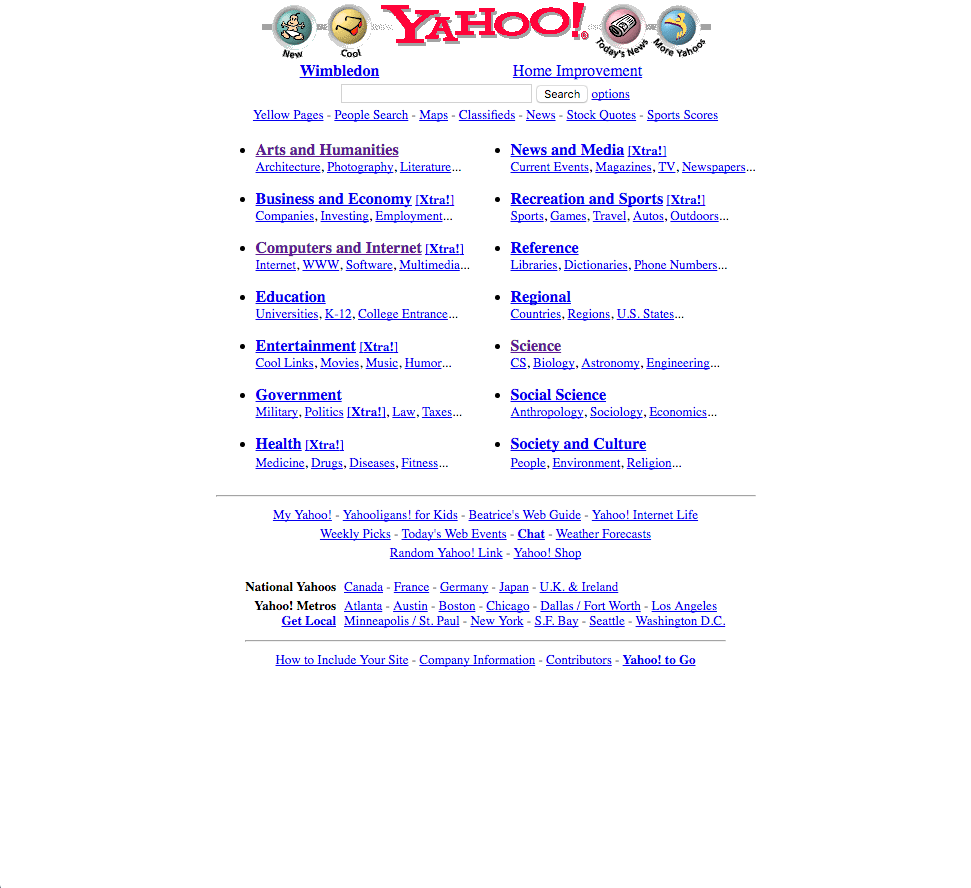
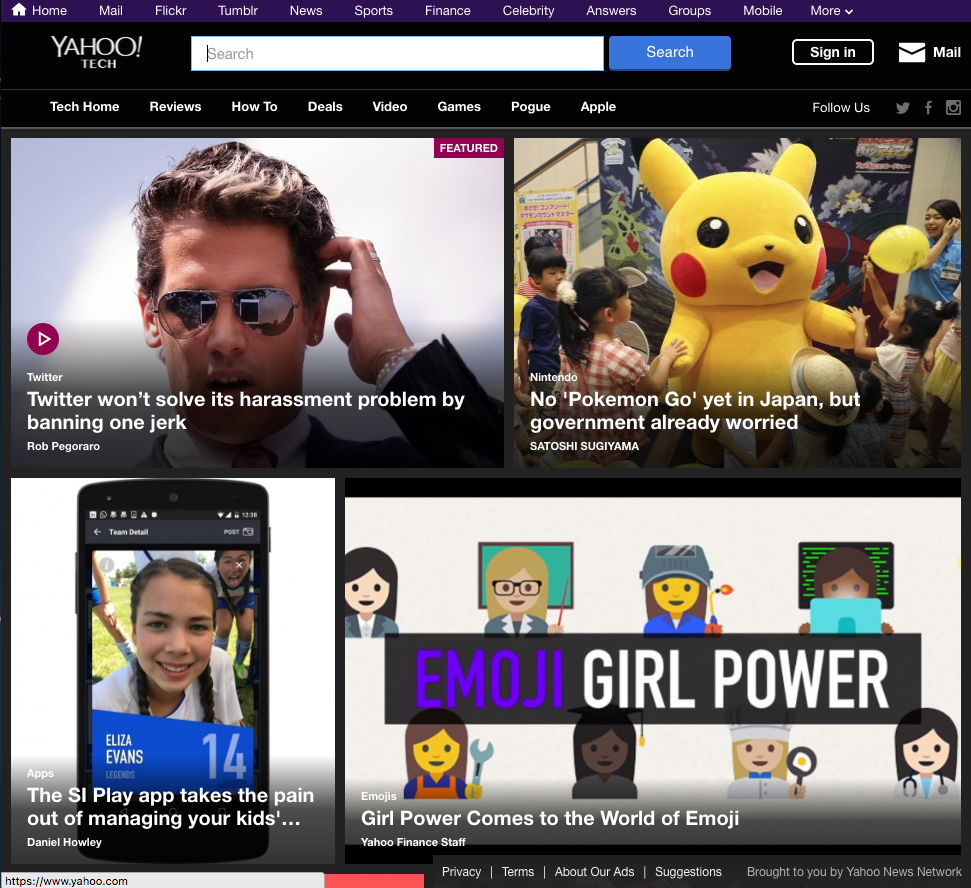
Amazon:
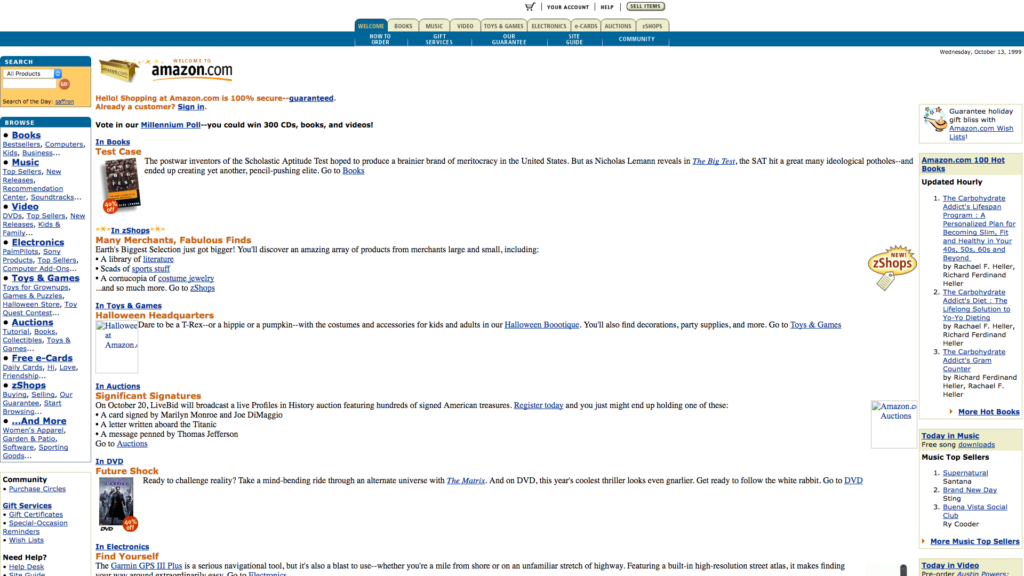

eBay:
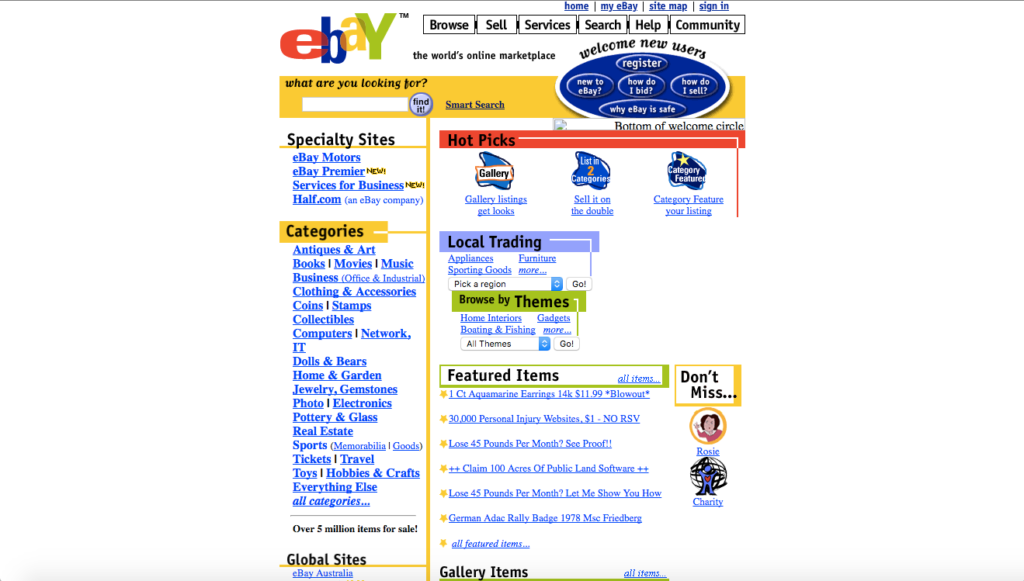

Twitter:
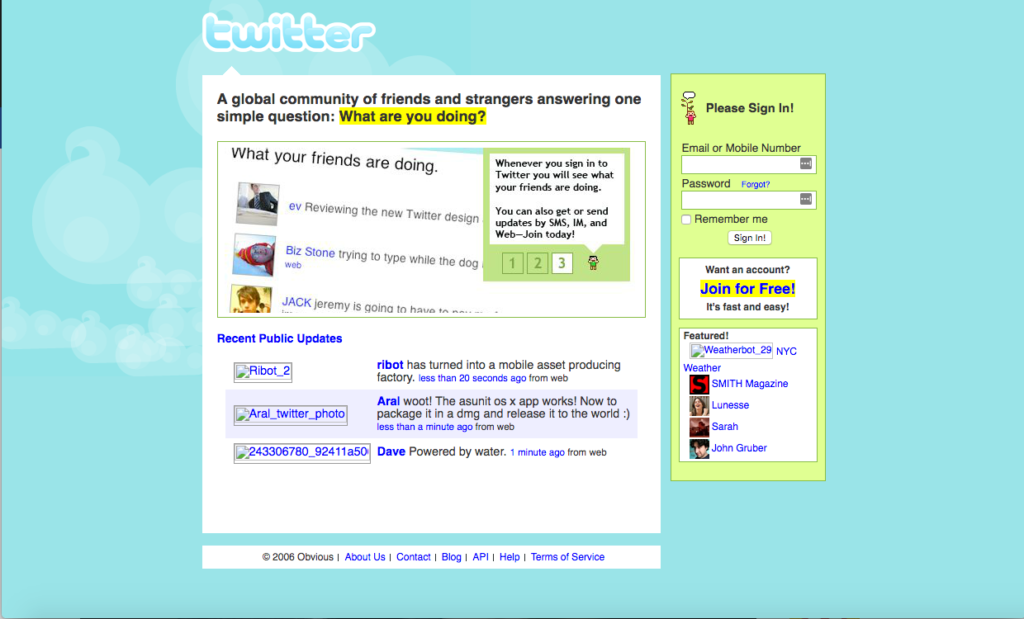

CraigsList:
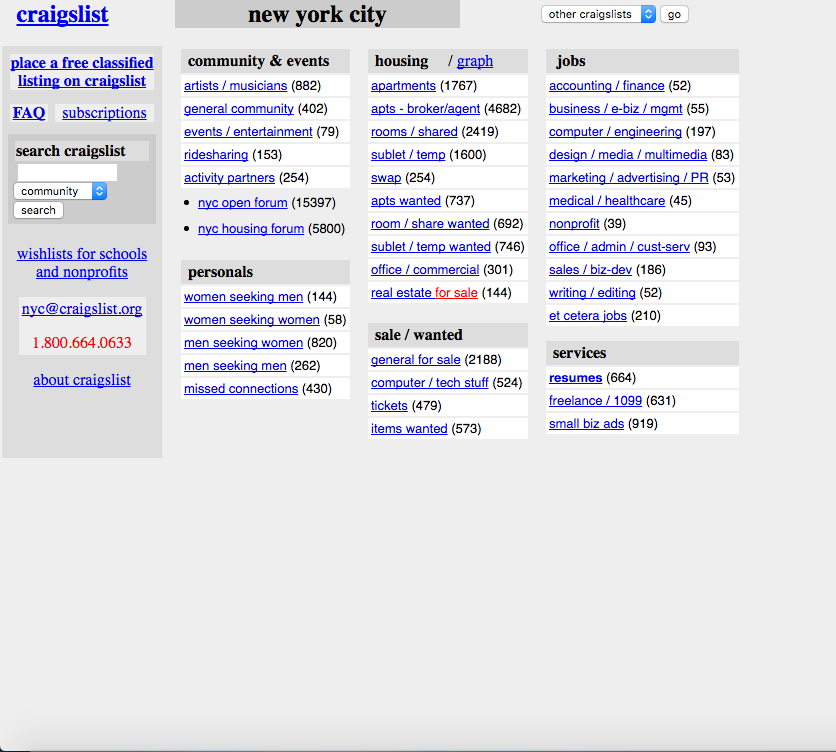
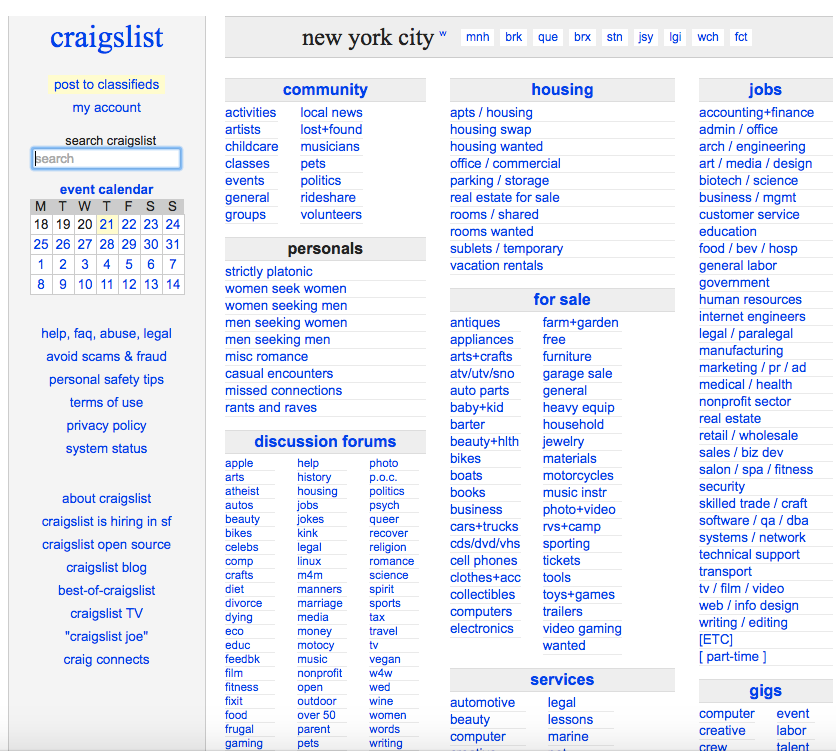
OK, maybe that last site hasn't changed that much over the years, but JavaScript's immense impact on the web is clear. If you're interested in learning how to use JavaScript to level-up your web development skills, take a look at our introductory courses.




